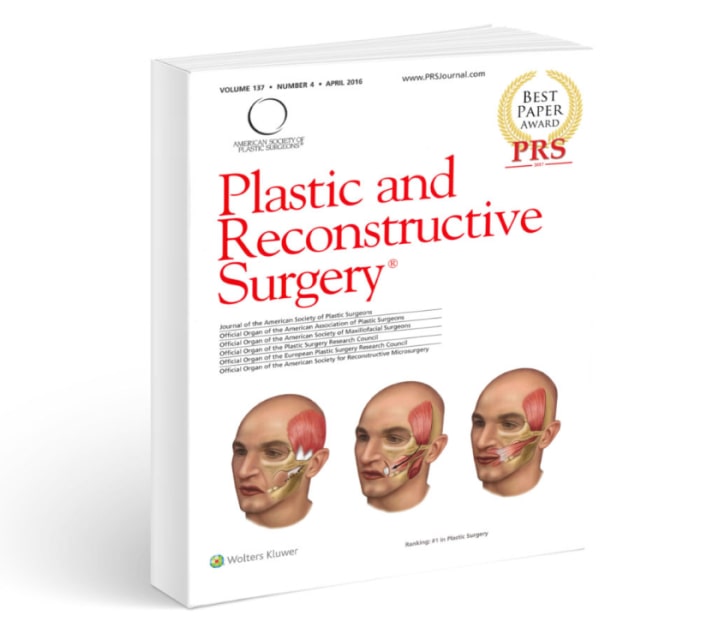What are Vascular Birthmarks?
Vascular birthmarks, also known as vascular anomalies, refer to a group of blood vessel disorders characterized by tumors and malformations. The common infantile hemangiomais a frequent example of this condition. They are largely benign in nature, but can pose some functional and cosmetic problems. They are usually present at or around the time of birth. Some of these birthmarks, such as the common hemangioma, go away on their own, but others such as vascular malformations can continue to be a problem for a lifetime.
Treatment for vascular birthmarks can vary substantially. Dr. Panossian is Founder of the Vascular Anomalies Center at Children’s Hospital Los Angeles and has extensive experience in the management of vascular anomalies of all types.

What do I do if my child has a vascular birthmark?
Treating Vascular Birthmark
The first step is to make sure you have the correct diagnosis. Often, the initial diagnosis given to patients is inaccurate and even incorrect.
Andre Panossian MD
Vascular Anomalies Expert
It is important to understand that vascular birthmarks behave differently from classic birthmarks. Some require close observation and others are treated only when they create a problem. Treatment can vary widely from traditional surgical excision to sclerotherapy and embolization. The decision to treat is best done by a vascular anomalies expert. Dr. Panossian has a deep understanding and experience in the treatment of all vascular birthmarks. He trained at the world-renowned Boston Children’s Hospital Vascular Anomalies Center and established its counterpart at Children’s Hospital Los Angeles.

“Vascular birthmarks are some of the most challenging conditions to treat in medicine.”
They require a multidisciplinary team approach with a deep understanding of the various types of vascular anomalies.
Types of Vascular Birthmarks

Hemangioma
This is the most common type of vascular birthmark, affecting roughly 1 in 10 children. Most hemangiomas are of the infantile type and tend to go through a well-described cycle of growth followed by involution. The treatment of hemangiomas can range from simple observation to surgical excision.

Pyogenic Granuloma
Many people confuse hemangiomas with pyogenic granulomas. They are both benign vascular tumors, but pyogenic granulomas arise from some type of repetitive trauma, such as scratching, and do not disappear on their own. Surgical excision is frequently needed and relatively easy to do. They do not grow back if properly excised.

Venous Malformation
Venous malformations are an abnormal conglomeration of veins, similar to varicose veins. They tend to gradually enlarge over time and do not disappear as hemangiomas largely do. These are not particularly dangerous but can produce disfigurement, frequent bouts of pain, and loss of muscle and/or nerve function.

Lymphatic Malformation
These vascular malformations are comprised of lymphatic channels. Similar to venous malformations, they can gradually enlarge over time and do not disappear. Some symptoms may include pain, redness, infection and disfigurement in severe cases. Treatment can include sclerotherapy or surgical excision.

Capillary Malformation
These vascular malformations are frequently referred to as “port wine stains.” They tend to involve skin and produce a deep red or purple coloration. Treatment is largely with pulsed dye laser or IPL. In some cases, capillary malformations may be associated with a larger condition called Sturge-Weber syndrome.

Klippel-Trenaunay Syndrome
This syndrome is characterized by simultaneous involvement with capillary, lymphatic, and venous malformations. The symptoms tend to be more severe than any one of the malformations alone. There is also associated hypertrophy, or enlargement, of one or more involved limbs. Lifelong monitoring and treatment are necessary.

Awards
Best Paper Award by The PRS
Dr. Panossian has received the highest honor bestowed by the Plastic & Reconstructive Surgery Journal, the pre-eminent publication of the American Society of Plastic Surgeons. Read about his ground-breaking smile reanimation technique.
Andre Panossian MD
Philosophy
Plastic surgery is such a personal choice. It is important to have all the necessary information you need to make an informed decision…one that you will feel great about for a lifetime. That doesn’t mean picking just any plastic surgeon. We believe that your health and safety comes first. Everything else pales in comparison. Along with this assumption, plastic surgery does not have to be unnecessarily painful or uncomfortable. It should be a positive overall experience with a lifetime of happiness to be gained.
In our practice, we strive to make your experience nothing short of spectacular from the first consultation to your very last postoperative visit. Dr. Panossian and his staff are available to answer any and all of your questions throughout this process so that you leave with nothing short of a 5-star experience in every way.


